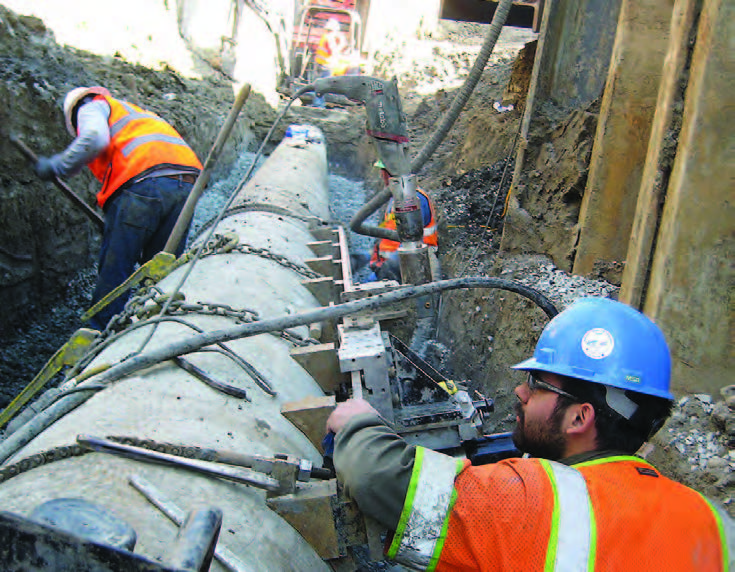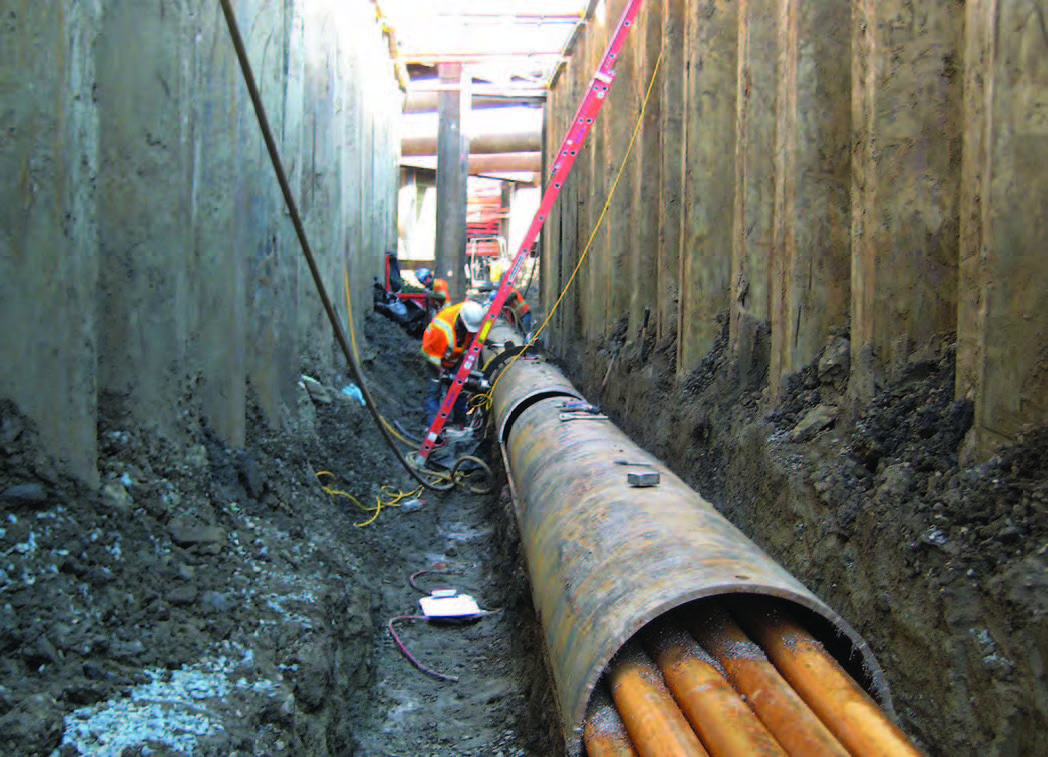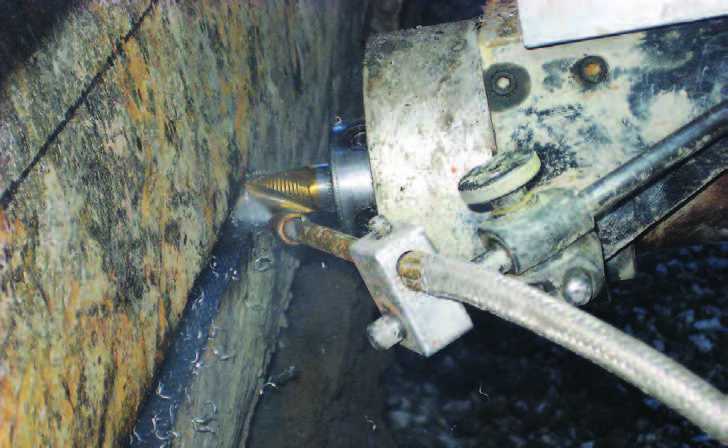
When a California transit project called for excavating and relocating buried telecommunication cables in Silicon Valley—while the cables remained live—Tri Tool Inc. created novel machinery to do the job. To complicate matters, a “hot work” permit would have delayed work, so the whole process had to be accomplished using cold-cutting techniques. Not only did the Tri Tool solution succeed in the delicate operation, it did so quickly, helping to bring the project in 10 months before schedule.
Novel Approach Requires New Tools
The Silicon Valley extension project is part of the effort to extend California’s Bay Area Rapid Transit (BART) regional heavy rail system to provide improved rail service to San Jose and Santa Clara. The 16-mile extension project begins in the Warm Springs district of the City of Fremont and travels through Milipitas to end in the Berryessa area. The Berryessa Extension is the first phase in the multiphased approach to the effort. It was anticipated that a year-long turnaround time would be required for this phase of the project, which included the excavation and rerouting of communication lines.
Originally, AT&T, which owns the active copper wires and fiber optic communication cables, put forth a plan to lay new conduits and cables, then cut and remove the old cables. However, the contractor believed and proposed that the existing cables could simply be rerouted into newly constructed bridge decks running above the railway. No one had ever before attempted to excavate and move live communication cables from inside a steel casing that was 32″ in diameter, 205′ long, 3/4″ thick—and buried 15′ below ground.

As a portable machine tool manufacturer and on-site machining contractor, Tri Tool had designed numerous special machining solutions that involved linear machining of pipe. Tri Tool experts proposed a solution to the challenge and made the case for it first to AT&T, which had never heard of anything like it, and then to the Santa Clara Valley Transit Authority. Given the project’s location in the heart of the Silicon Valley, it was a safe bet that countless high-tech companies’ Internet connections were currently active on the AT&T lines. It was crucial that the cables not be cut or damaged while being removed from their steel casing.
Tri Tool started with a conventional carriage mill and modified it to mount to the casing via a heavyduty chain (versus the typical weld attachment). They tested the proposed cutting system multiple times at their Rancho Cordova manufacturing facility. Once it was proven that it would remain rigid enough to perform the precision cuts, the equipment was deployed to the site, along with qualified service technicians who had been specially trained for this operation.

Silicon Valley.
On-Site Operation a Success
On location, the first step was to mount the custom-modified carriage mill onto the excavated carbon steel casing. Next, the technicians made two linear cuts along the entire length of the casing, approximately 205′, taking care that the cutting bit depth did not contact and damage the vital cables nestled inside. Finally, axial cuts were made perpendicular to the initial linear cuts at approximately 12′ intervals using a Tri Tool Model 630 RBL split-frame lathe mounted directly to the carriage mill. This technique permitted workers to remove large sections of the upper casing, exposing the cables so that they could be lifted out and brought above ground.
Tri Tool’s efficient, custom, on-site machining operation required only 14 days, significantly faster than contractors anticipated. The time-saving solution helped bring this phase of the project in 10 months under schedule—with no damaged cables. Contractors were very pleased with Tri Tool’s expertise, professionalism, and performance.
For more information, call 800-345-5015 or visit www.tritool.com.


